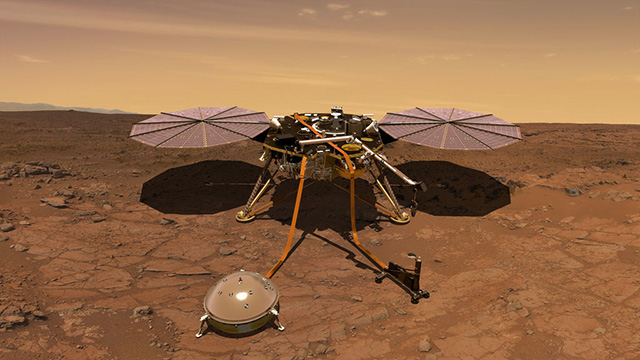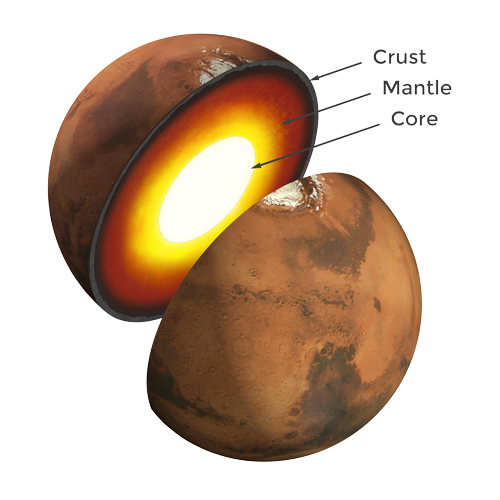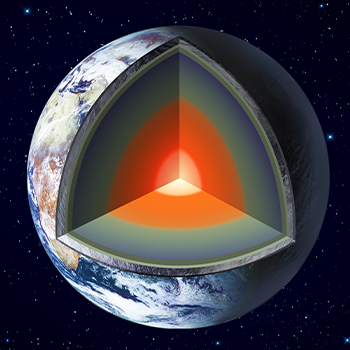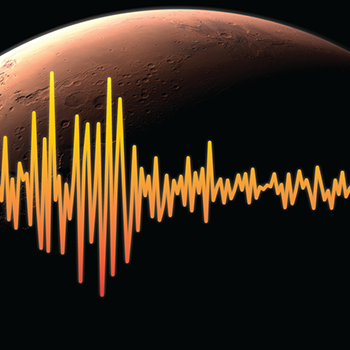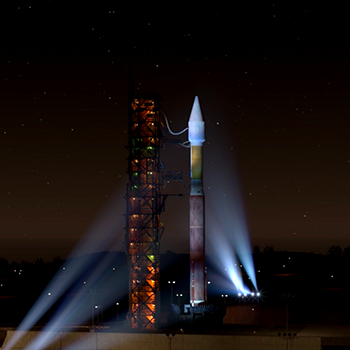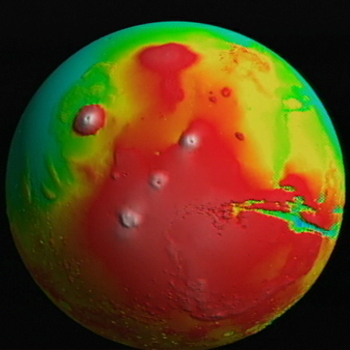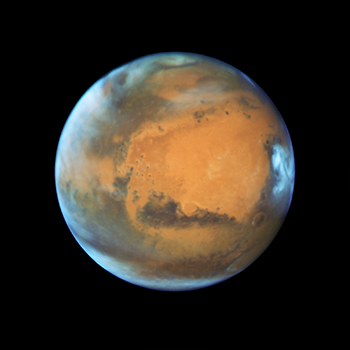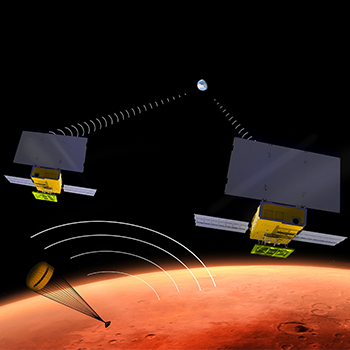3. InSight will try to detect marsquakes for the first time
One key way InSight will peer into the Martian interior is by studying motion underground -- what we know as marsquakes. NASA hasn't attempted to do this kind of science since the Viking mission. Both Viking landers had their seismometers on top of the spacecraft, where they produced noisy data. InSight’s seismometer will be placed directly on the Martian surface, which will provide much cleaner data.
Scientists have seen a lot of evidence suggesting Mars has quakes. But unlike quakes on Earth, which are mostly caused by tectonic plates moving around, marsquakes would be caused by other types of tectonic activity, such as volcanism and cracks forming in the planet's crust. In addition, meteor impacts can create seismic waves, which InSight will try to detect.
Each marsquake would be like a flashbulb that illuminates the structure of the planet’s interior. By studying how seismic waves pass through the different layers of the planet (the crust, mantle and core), scientists can deduce the depths of these layers and what they're made of. In this way, seismology is like taking an X-ray of the interior of Mars.
Scientists think it's likely they'll see between a dozen and a hundred marsquakes over the course of two Earth years. The quakes are likely to be no bigger than a 6.0 on the Richter scale, which would be plenty of energy for revealing secrets about the planet’s interior.
